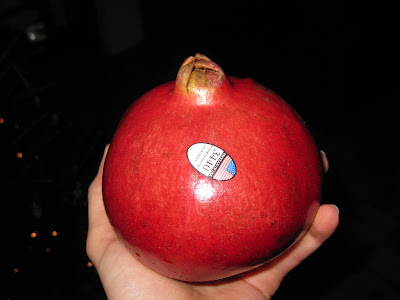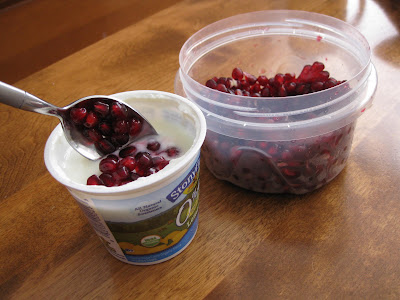Good luck making the switches!
1. White rice to brown rice, black rice or brown grain blends; which may include long grain rice varieties. Trader Joe's sells a great "Brown Rice Medley" that costs around $1.99 for a bag.
3. Soda to seltzer. Duh.
4. Any other cooking oils/sprays to only extra virgin olive oil or canola oil.
 |
| I am probably bias, but grown and bottled olive oils from Italy are the best |
5. White bread to whole grain bread (check the food label to make sure the first ingredient is "whole ...") You should be getting 4 - 6 grams of fiber in each slice. May I recommend Trader Joe's Fiber Multigrain.
6. Salted peanut butter to unsalted peanut butter. May I also recommend trying almond, sunflower seed, or any other type of nut-butter.
7. Cooking with heavy cream or whole milk to using plain yogurt instead. Substitute yogurt in place of cream in almost any recipe.
8. Any other kind of milk to organic fat-free milk.
9. Soy sauce to only low-sodium soy sauce. Use sparingly.
10. Salt shaker to just fresh pepper or fresh squeezed lemon for flavor.
11. Packaged trail mix to making your own trail mix -- use unsalted almonds, pecans, walnuts, dark chocolate chips, and crasins (no sugar added, all natural, if you can find them). This will save you calories, various preservatives, and money.
12. Any type of condiment or spread on your sandwich (not that I ever used these anyways) to sliced avocado.
13. Any other kind of yogurt to fat-free Greek yogurt. Try Fage, Oikos, or Chobani.
14. Ground beef to ground turkey (again, not for every dish all the time, but give it a try for most).
15. 1 yolk for every 2-3 egg whites. When I make scrambled eggs, I use 1 whole egg and one or two additional egg whites.
16. Pork bacon or pork sausage to turkey bacon or turkey sausage, this is a mega fat-reduction.
17. When making any recipe that calls for sugar, I often only add half as much as the recipe calls for. Sometimes less. You could also play around with adding just a little bit of honey in some cases.
18. Butter to, well, still butter. Just use less. Much less.
19. White potatoes to sweet potatoes. You can still enjoy white potatoes every once and while, but for the most part, incorporate sweet potatoes as their nutrients are sky high.
 |
| Roast sweet potatoes with a drizzle of olive oil and fresh pepper |
21. Drink at least 8 glasses of water a day.
22. Exercise every day for at least 30 minutes. Take the stairs, get off the subway at an earlier stop and walk, clean your filthy apartment/house/basement/garage, plant a garden, walk the dog longer, play, join a yoga/pilates studio, go skiing, don't drive -- walk or ride your bike, go out dancing, go for a hike, just go outside for an adventure.
23. Buy lean cuts of meat (like tenderloins, sirloins, top round steaks) and buy skinless chicken.
24. Go meatless at least once a week.
 |
| Shop at your local farmers market as often as you can |
 |
| Enjoy what you EAT! |























